20+ SAMPLE Client Management and Tracking
-
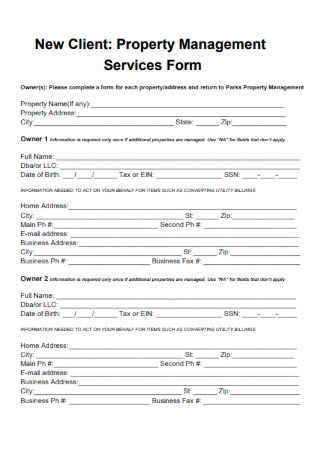
New Client Property Management Services Form
download now -
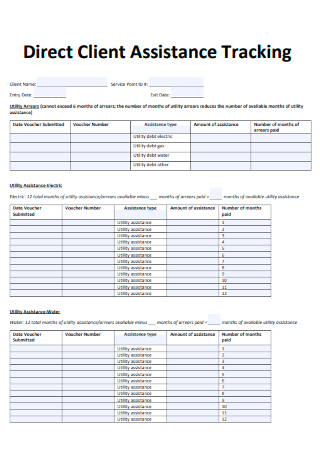
Direct Client Assistance Tracking
download now -
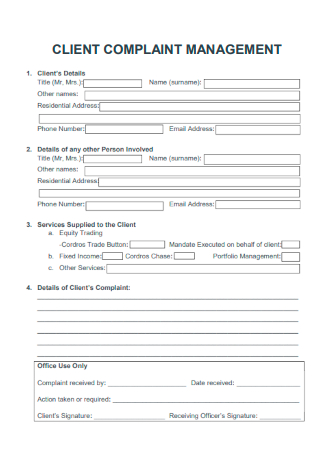
Client Complaint Management
download now -
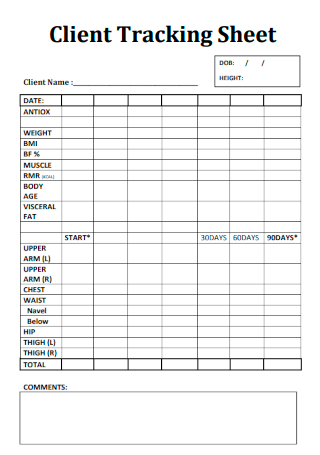
Client Tracking Sheet
download now -
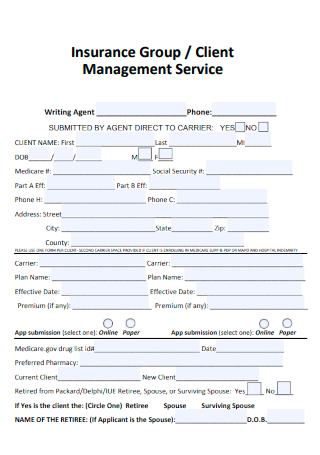
Insurance Group & Client Management Service
download now -
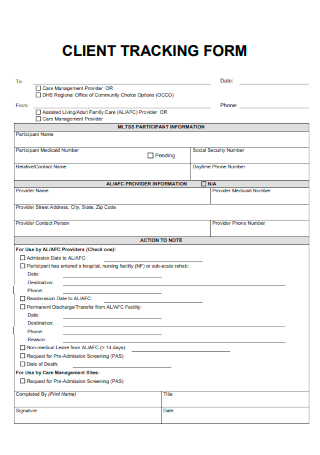
Client Tracking Form
download now -
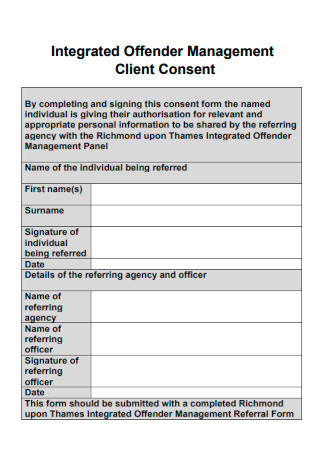
Integrated Offender Management Client Consent
download now -
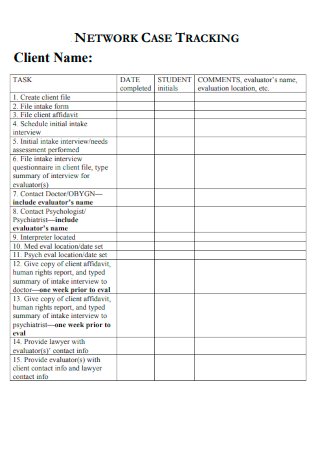
Network Case Client Tracking
download now -
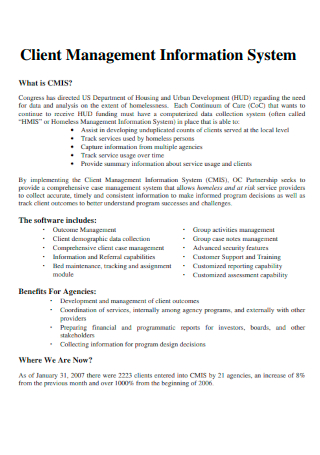
Client Management Information System
download now -
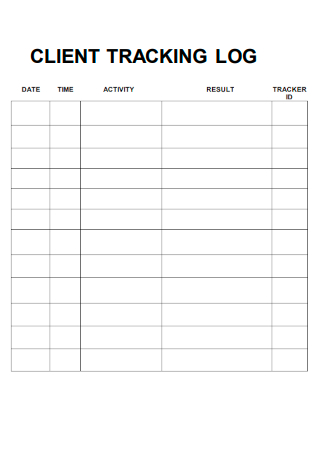
Client Tracking Log
download now -
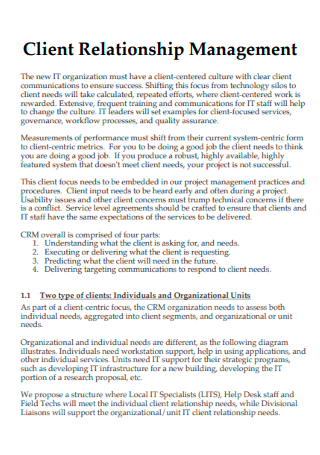
Client Relationship Management
download now -
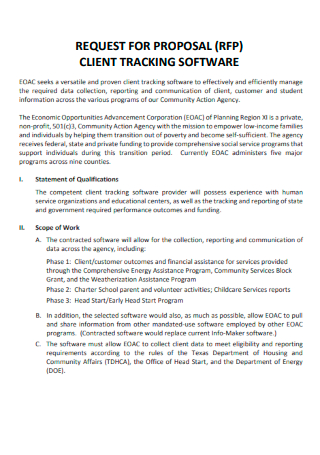
Client Tracking Software Request for Proposal
download now -
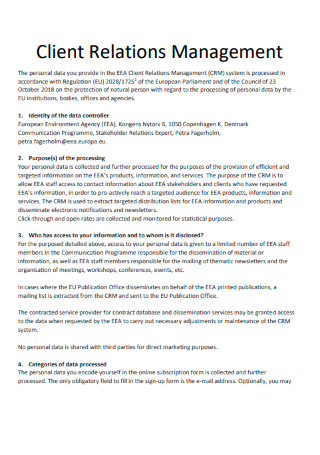
Client Relations Management
download now -
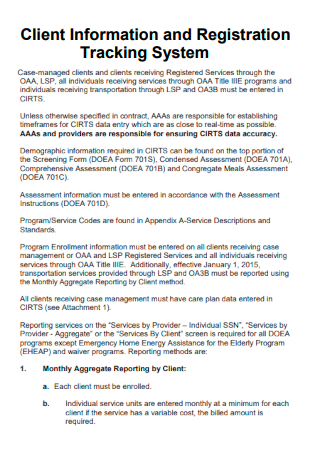
Client Information and Registration Tracking System
download now -

Sample Client Management
download now -
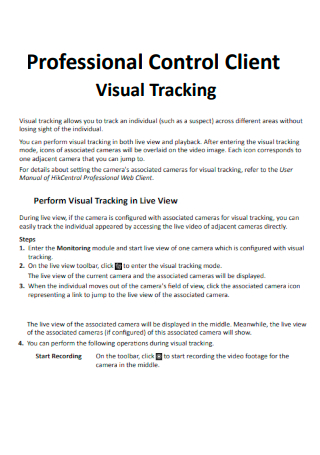
Professional Control Client Visual Tracking
download now -
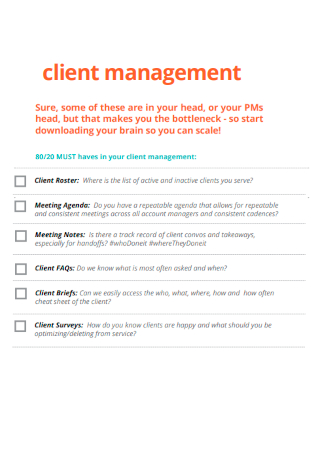
Client Management Checklist
download now -
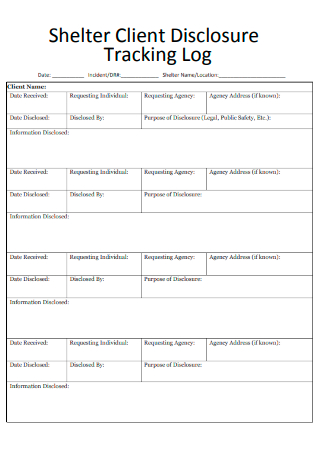
Shelter Client Disclosure Tracking Log
download now -

Formal Client Tracking
download now -
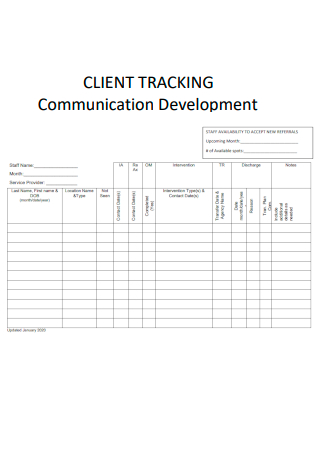
Client Tracking Communication & Development
download now -
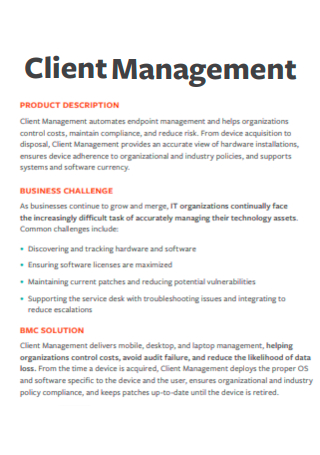
Printable Client Management
download now
What Is a Client Management and Tracking?
Client management and tracking is a software or application that keeps track of a company’s relationships with each of its customers. Sales, marketing, and support teams frequently use data from client management and tracking to establish and cultivate customer relationships and turn them into loyal customers. The presence of a client tracking database would help you note the status of your clients. Simply put, client management and tracking enable businesses to manage their relationships with both new and existing customers. Your client management approach will have a significant impact on how your client will see you handle professional relations.
Effective Ways to Manage Clients
Building long-term relationships with clients are the key to success in any business. When you’re short on time, the best way to encourage and grow your relationships with each client is to practice both efficient and productive client management. Essentially, it is the way you manage a client’s working relationship to ensure the highest level of service and satisfaction. It entails determining what the client requires from you and measuring how well you meet those requirements. Exceptional customer management is well within reach when good communication and modern technology are combined. The curated list below will supplement your ideas and act as a client management and tracking application guide.
Benefits of Managing a Good Client Relationship
The benefits of managing client relationships extend much further than running a business; they help you improve your relationship with current customers, find prospective customers, and retain those who have previously worked with you. So before you dive into the process of creating client management and tracking file, read this curated list first on the benefits of maintaining a good relationship with your client.
How to Make a Client Management and Tracking
You want to make the first impression on a new client that you understand them. You should fully understand their objectives, take notes on their concerns, and share your strategy for getting them from the starting line to the finish line. Use this client management and tracking dashboard to ensure you get all the important information down into a client’s file, set up a project plan for success, and follow up regularly to keep them up to date on how things are going, whether you are a Freelancer taking care of a client or an account executive working with new signup, this is the way you can strengthen your client management and tracking business.
1. Background Information
If you did not utilize software, then your next best option is to open a blank excel Spreadsheet. Label the file appropriately and designate each column starting with the customer or client’s names, their associated company, and their work function or position within said company. Information that is useful to know but is not required daily could be saved in the optional contact information worksheet, which is simply the contact list added to this workbook or sheet. When you make a contact, you fill out the last contact field with the date. Use the Settings worksheet to change the number of days used to determine when the cell should have its unique color.
2. Set Estimated Sale
This could be the average monthly or Annual Sales figure for active customers, which will help you easily see the value of maintaining that customer. This could be your estimate of the client’s potential monthly or annual sales for potential customers. If you have noticed that your client is not active in maintaining sales, then it may be time to contemplate whether or not to continue you managing them.
3. List Next Contact Date
It is critical to plan follow-up communication, so use the next column to record the date for the next contact and enter a code that describes what your next step will be. As mentioned above, you must have the initiative to set up dates for when you should follow up with your client on a matter you both have discussed upon.
4. Indicate Lead Status and Source
Two columns that you will also be needing to add are the lead status and lead source. The salesperson who is currently working with the prospect uses the lead status. These statuses are meant to keep the sales team organized. Marketing automation or sales typically set the status immediately following the prospect. A lead source is an initial channel through which a lead discovers your company. Social media, search engines, referrals, Events, and advertisements are all potential lead sources. CRM software, granular data, UTM parameters, and other solutions can help you manage your lead sources more effectively.
FAQs
What does client management mean?
Client management is the process of supervising and coordinating an organization’s interactions with its customers and prospective customers. It is important to note that “clients” and “customers” can differ depending on how and what they purchase from a company. A customer usually purchases a product or service after a brief interaction with a company. The customer frequently does not form a long-term relationship with the seller and, as a result, receives less personal attention. The ultimate goal of client management is to build and maintain good client relationships so that a company can retain more Customers and ensure long-term success.
What is the key to managing a successful client relationship?
Being completely open and honest with a client entails addressing the unknowns, and potential failures, talking through their difficulties and pains and getting to the heart of their needs. Be honest about your abilities, what you know, what you don’t know, and how long it will take to complete tasks. By establishing a consistent communication strategy with your client, you remove the expectation of immediate gratification and establish a predictable plan.
What is the role of a client manager?
A client manager will serve as a liaison between the company and clients. As a client manager, your primary goal is to improve and maintain positive client relationships while ensuring their satisfaction with the company and the products and services. To do so, you must have exceptional client relations, communication, and, of course, customer service skills. As a client manager, you will typically be responsible for answering client questions, resolving issues, and recommending appropriate products or services to them. In addition, you may be expected to process transactions, draft Proposals, and create account plans.
Creating a client management system will be challenging especially if you have a lot of data and not enough time to organize it. To help you have an efficient system, utilize software and this guide to utilize a format that has already been prepared for you. That way, you can focus on more important matters while also ensuring your client data remains neatly and safely kept.
